How Shenzhen stacked up more billionaires than any US city: China’s ‘Silicon Valley’ is home to Tencent’s Ma ‘Pony’ Huateng and BYD’s Wang Chuanfu, and is a nesting ground for Huawei and DJI
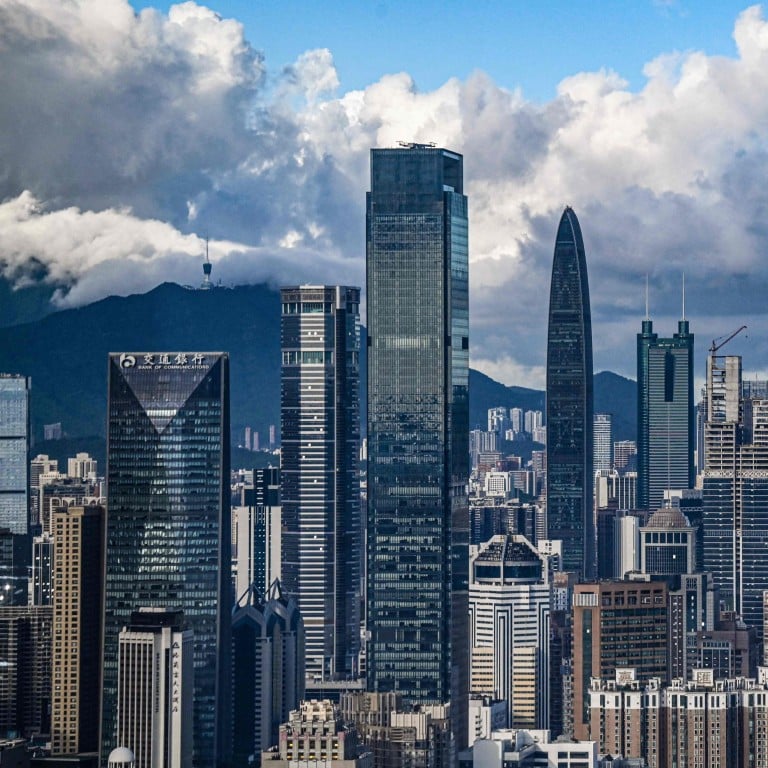
This is Shenzhen. It’s where some 113 billionaires live – and that’s more billion-dollar residents than any city in the US.

Once a small farming town, Shenzhen underwent a massive transformation in the last few decades to become one of the most prosperous cities in China.

According to the Hurun Global Rich List, an annual ranking by Chinese private company Hurun, Shenzhen had pipped NYC as the city of choice for the ultra rich.
Let’s take a closer look at the Chinese city … and at why so many wealthy individuals live there.
Shenzhen, a megacity
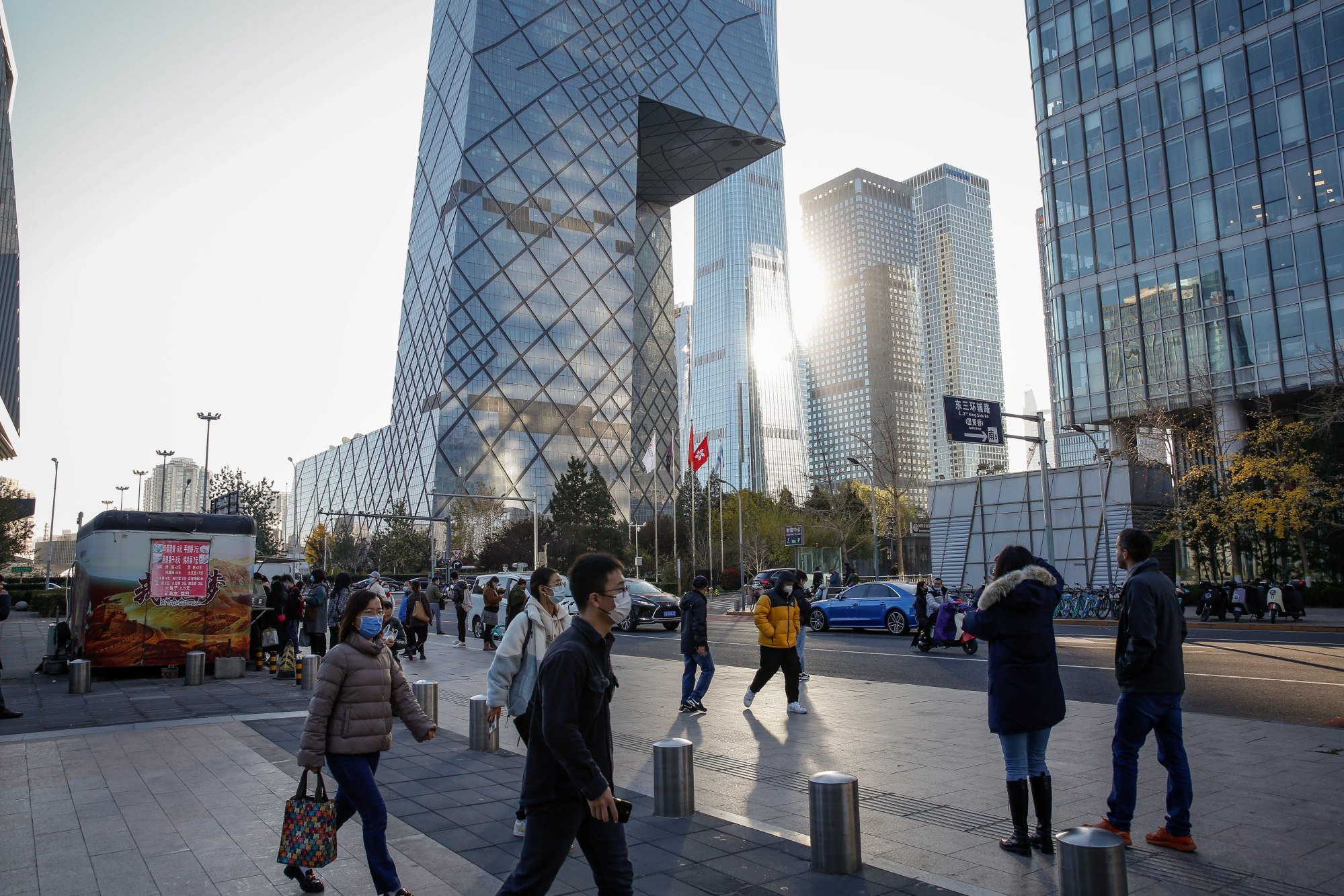
According to a World Population Review report this year, Shenzhen is China’s third biggest city with around 17.5 million residents, which means it’s among the seven megacities in the country.
The city became China’s first Special Economic Zone in 1980. This meant tax exemptions, land subsidies and more control in operating private businesses, which led to several companies – and entrepreneurs – becoming billion-dollar rich.
Inside Mustique, Princess Margaret’s fave holiday spot as seen on The Crown
Sarah Tong, a senior research fellow at the National University of Singapore, described Shenzhen’s population as “young and dynamic”. Tong, who grew up in China and was educated in Beijing and San Diego, specialises in the Chinese economy and development.

“The government aimed to alleviate the problem of talent shortages through talent programmes, attracting top Chinese universities to set up campuses in the city, and to establish a university of its own,” Tong said.
It’s the third-busiest port in the world, with throughput traffic of 27.7 million in 2020, according to Port Technology International.
Shenzhen Bay Bridge connects Hong Kong to Shenzhen

Shenzhen is just a 30-minute drive from another major financial hub, Hong Kong. Its proximity has played a big part in the city’s emergence as one of the wealthiest in the country.
Shenzhen Bay Bridge, which completed construction in July 2007, connects mainland China to Hong Kong via Shenzhen.
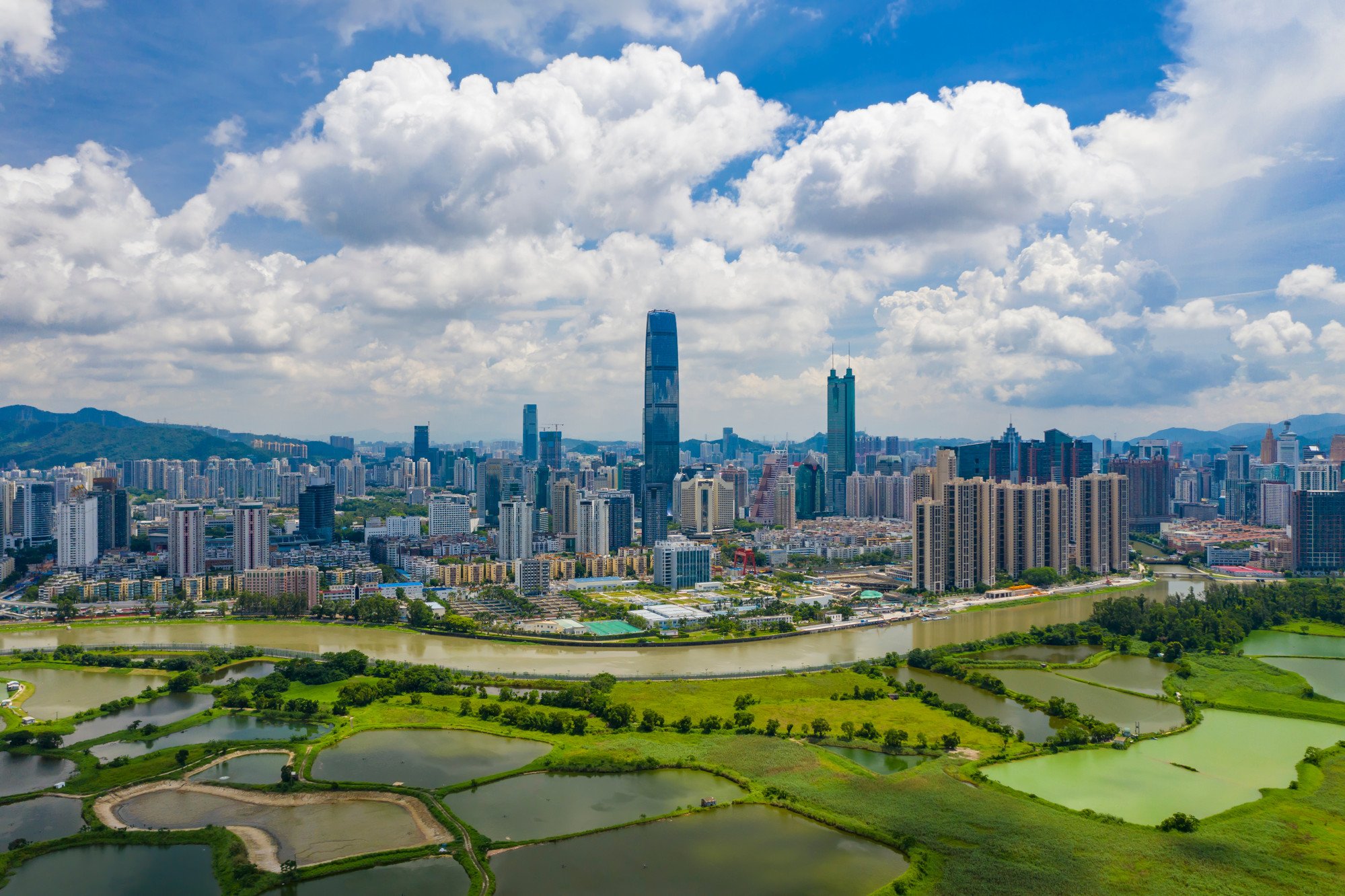
“It’s a competitive area,” Gu said, referring to the Greater Bay Area, a project by the national government that aims to connect 11 cities in southern China into a vast economic network. The project has only spurred Shenzhen’s astonishing growth.
Will tourists finally return to Southeast Asia in 2023?
In fact, Shenzhen has the highest gross domestic product among all the cities in the Greater Bay Area, raking in US$475.3 billion in 2021, according to HKTDC. Shenzhen has a larger economy than countries like Norway, Ireland and the UAE.

Shenzhen’s GDP per capita has grown year on year since 2009, when it recorded just 87,300 Chinese yuan, data compiled by Hong Kong-based CEIC shows. In comparison, Beijing had a GDP per capita of US$23,800, and Shanghai posted US$22,800 in 2019, per China Daily.
“Billionaires living in the city bring in huge business,” Gu said. “They bring in innovation and create employment and government revenue,” he added.
Several of the wealthiest individuals in Shenzhen moved to the city before becoming billionaires
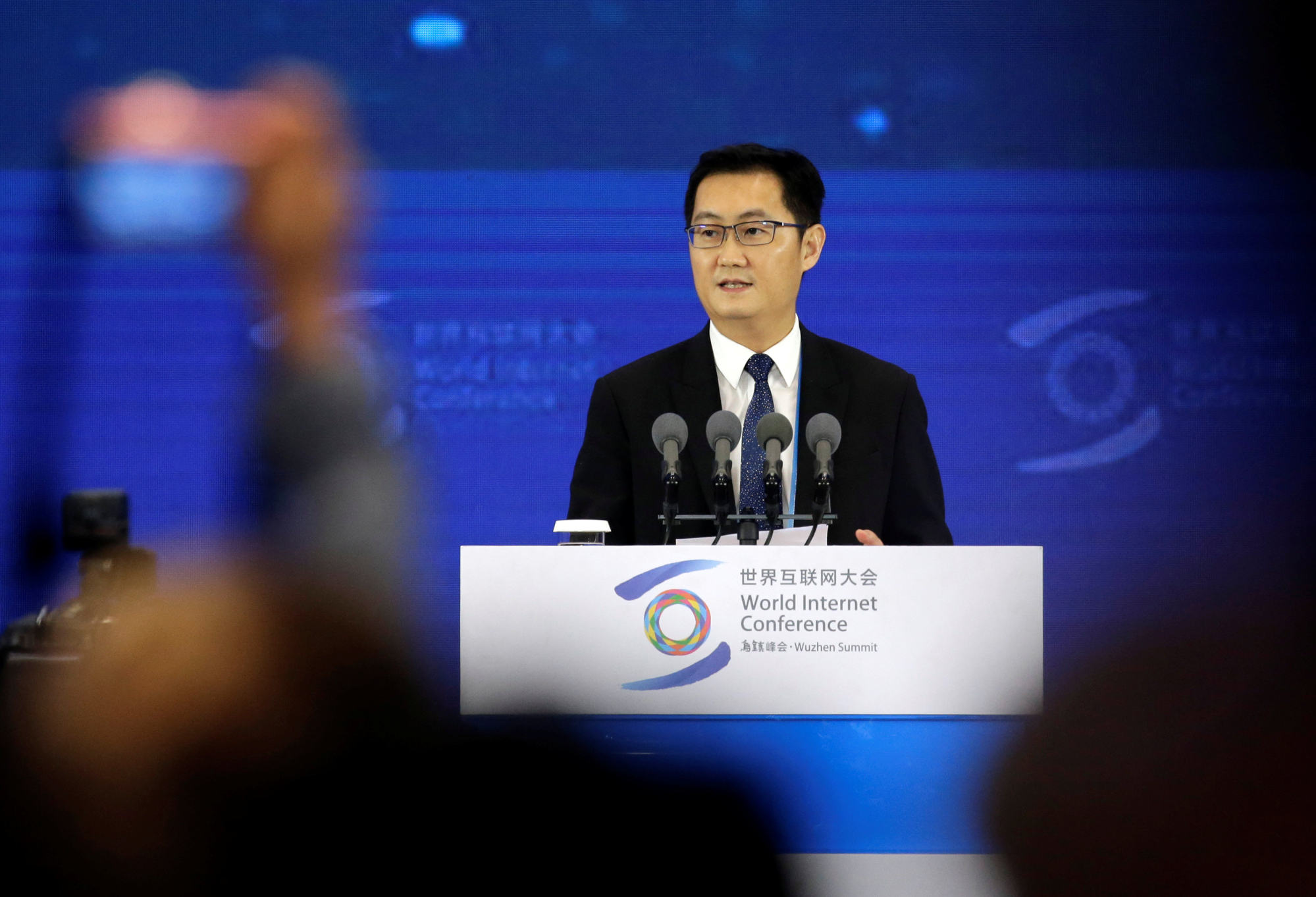
Several of the wealthiest individuals in Shenzhen moved to the city before becoming billionaires, according to Gu. Ma, the CEO of Chinese internet conglomerate Tencent, is the most high profile of them.
Of course, Ma’s not the only billion-dollar CEO living in town.
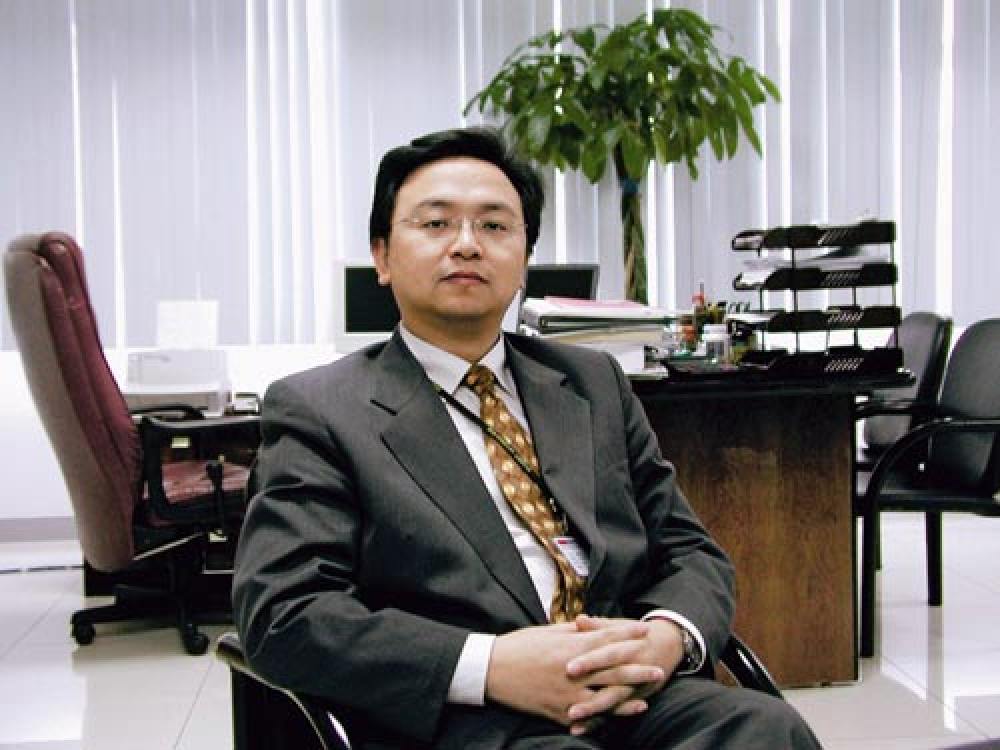
Fancy living in a Harry Potter meets GoT-themed castle? Here’s one for rent
Wang has a net worth of US$17.7 billion, according to Forbes.
The Silicon Valley of China
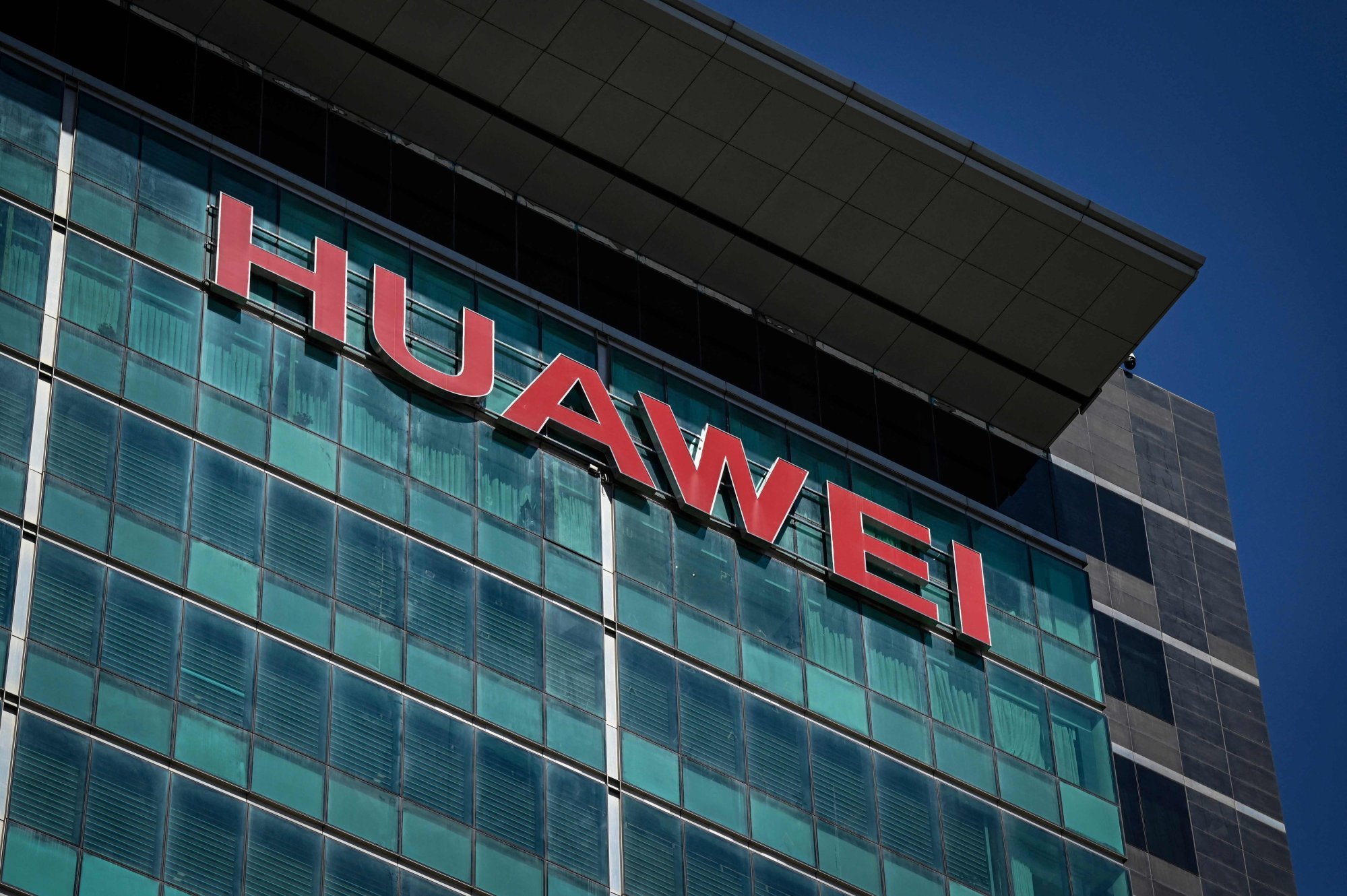
Shenzhen is home to some three million enterprises, according to official data.
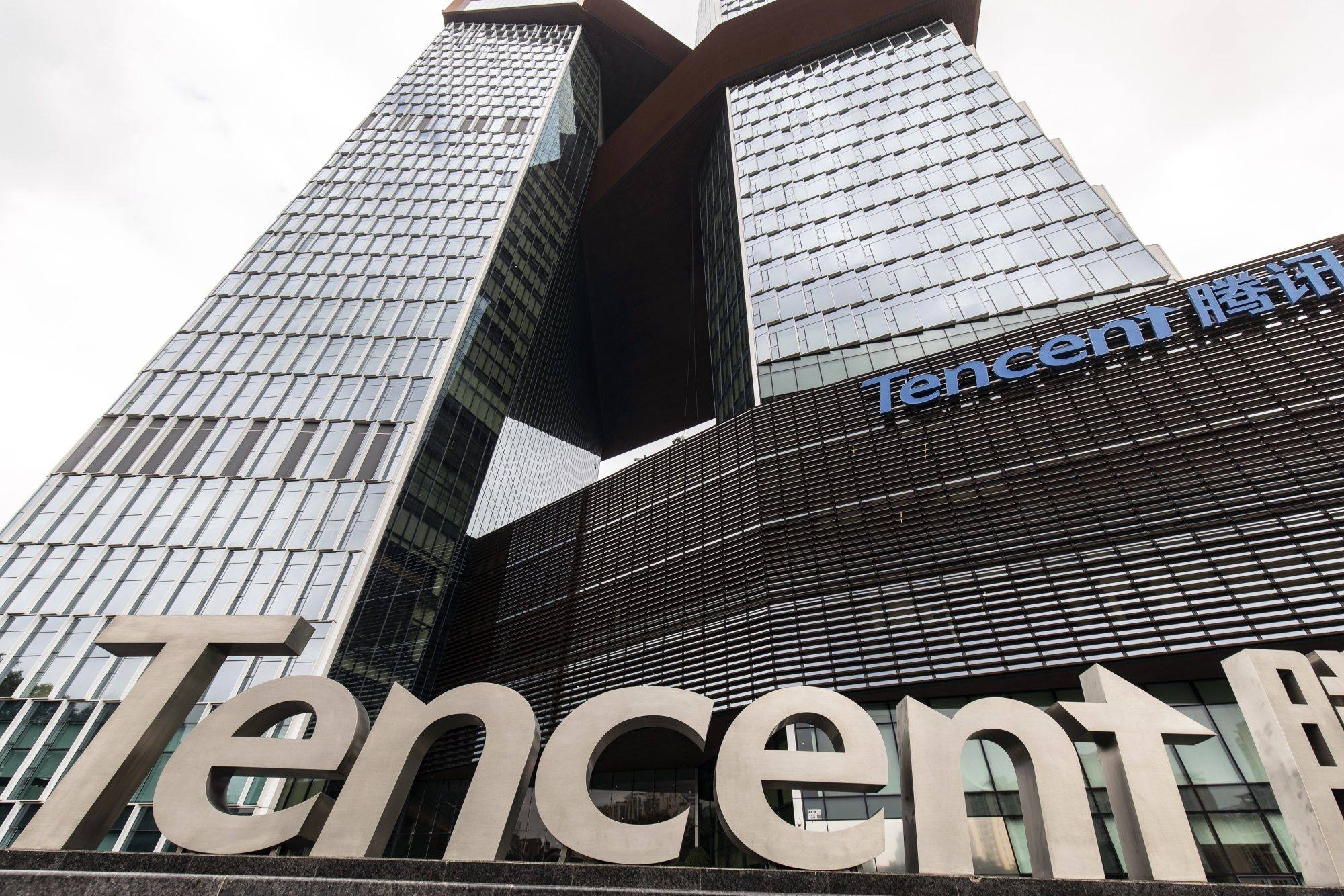
Founded in 1998, Tencent wasn’t profitable until its fourth year in business. Tencent was founded by several Chinese entrepreneurs – and one of them was Pony Ma.
Now, Tencent is the largest Chinese company by market capitalisation, with a market cap of US$303 billion. It’s also the world’s largest video game corporation, with a revenue of US$8.1 billion – beating out the likes of Apple, Microsoft and Google.

Shenzhen has already grown its economy by five times in the last 14 years alone, increasing its GDP from 580 billion yuan in 2006 to 2.8 trillion yuan in 2020.
Now, to sustain the city’s year-on-year growth, the Shenzhen government plans to develop the integrated circuit, artificial intelligence and biomedicine industries, per the local government’s blueprint. It also plans to allocate at least 30 per cent of the city’s scientific research fund to research and development.
How GoT’s prequel House of the Dragon is set to boost Spain’s tourism
But Shenzhen’s rapid growth and billionaire presence are not all good news

Locals in Shenzhen can be extremely wealthy – but the rising costs of living have been crushing for Shenzhen’s less wealthy residents, many of whom are migrants from other parts of China.
According to CBRE’s Global Living report, Shenzhen is in the top five most expensive property markets in China. Shenzhen is quickly becoming a luxury property market too, when it beat London, New York City and Paris in luxury home price increases from 2020 to 2021, growing by 18.9 per cent, per consultancy firm Knight Frank.
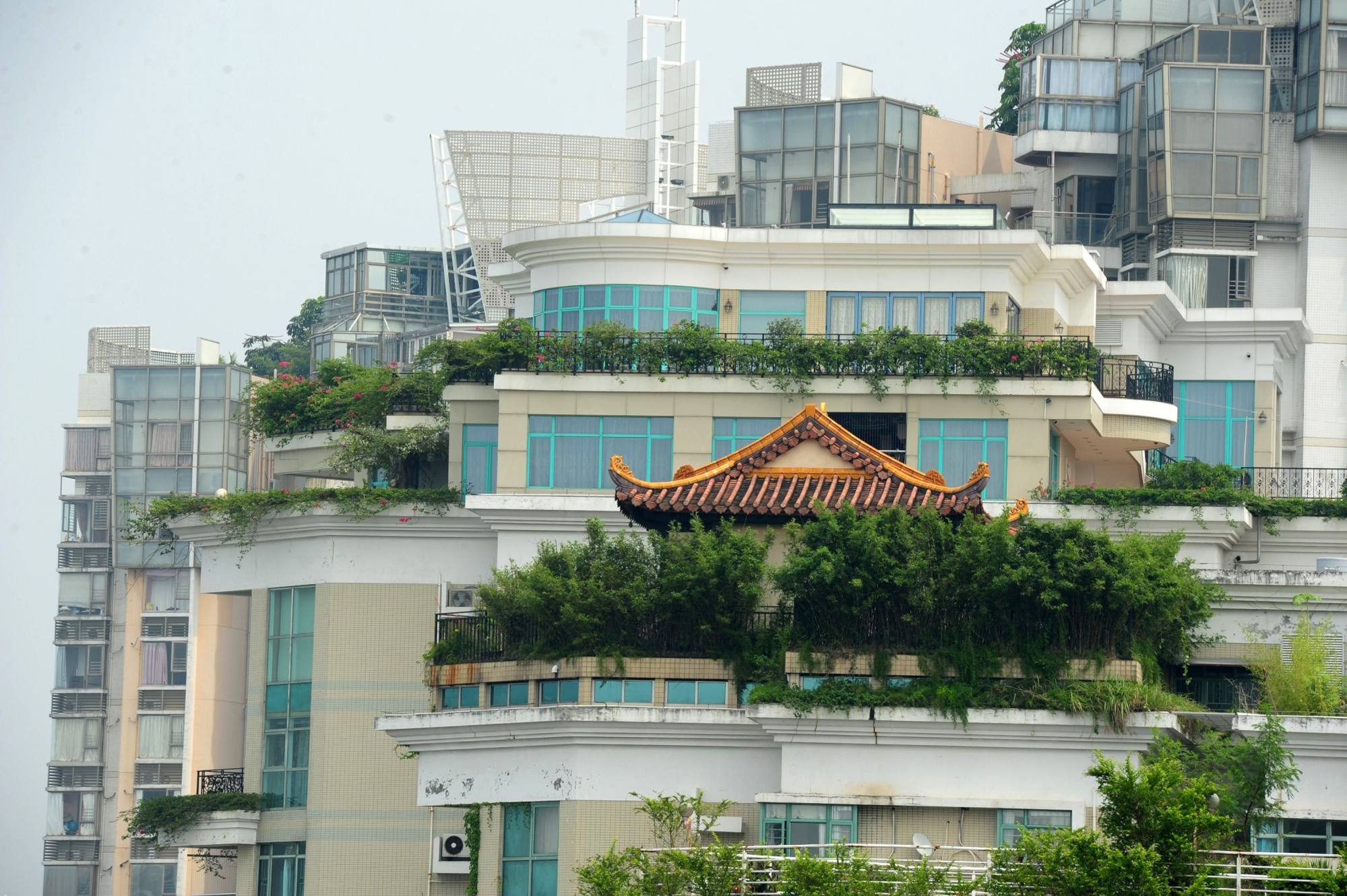
“It’s a market system – only if you have the money you can buy luxury housing,” Gu explained, adding that Shenzhen has started developing a public housing scheme, which aims to resettle 60 per cent of the city’s residents into government housing by 2035.
Those who cannot afford to live in high-end properties end up in Shenzhen’s chengzhongcun, or villages in the city.
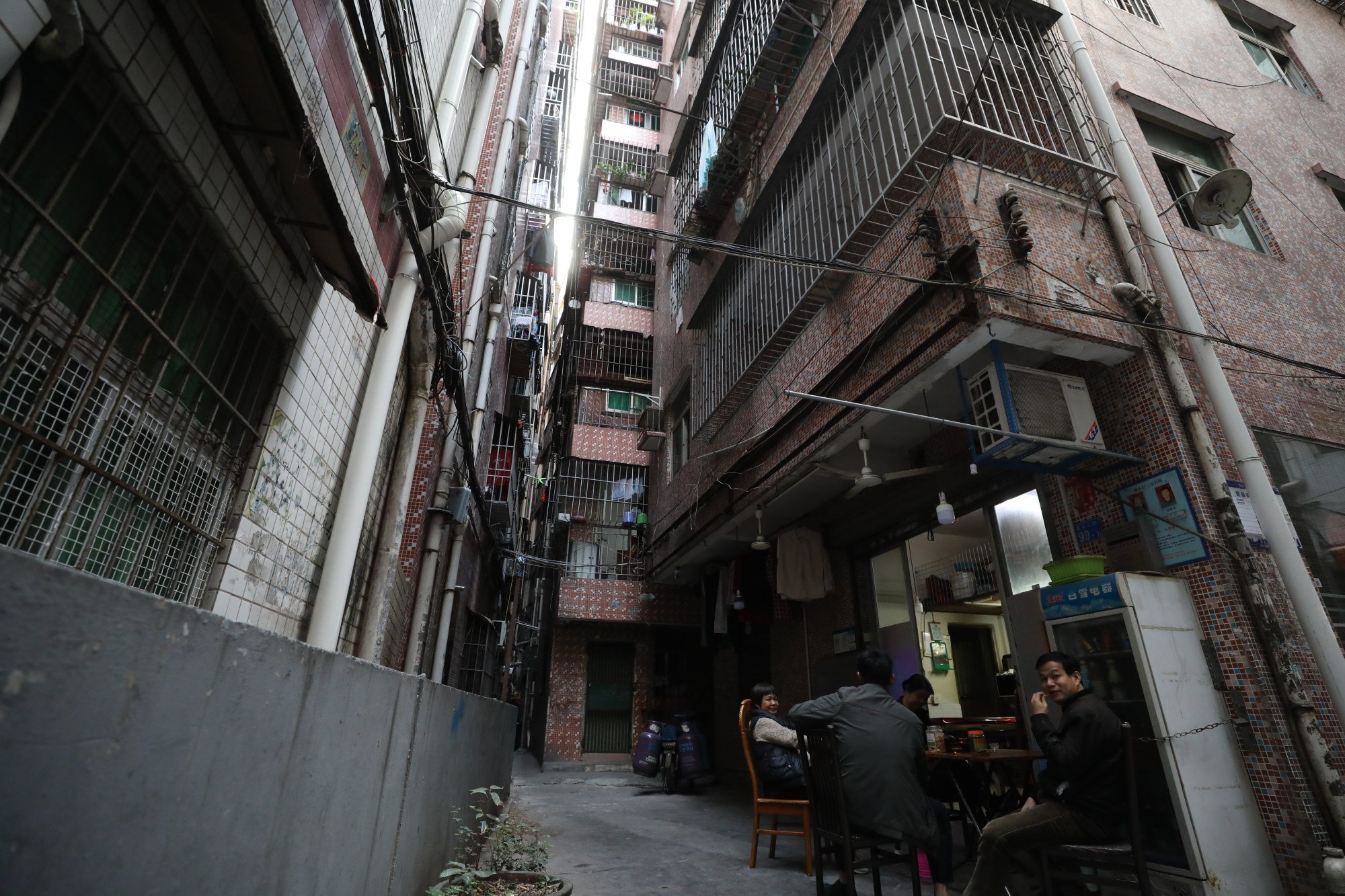
“The city’s future development is also marred with constraints and challenges,” Tong said, adding that low-income people working in traditional service sectors are affected the most.
Some 70 per cent of Shenzhen’s residents live in “handshake buildings” in these chengzhongcun, where flats are so tightly packed together they nearly touch, Bloomberg reported.
Why ultra-rich travellers are splurging on extreme ‘bucket list’ experiences
Shenzhen’s skyrocketing wealth and living costs have resulted in high-income inequality
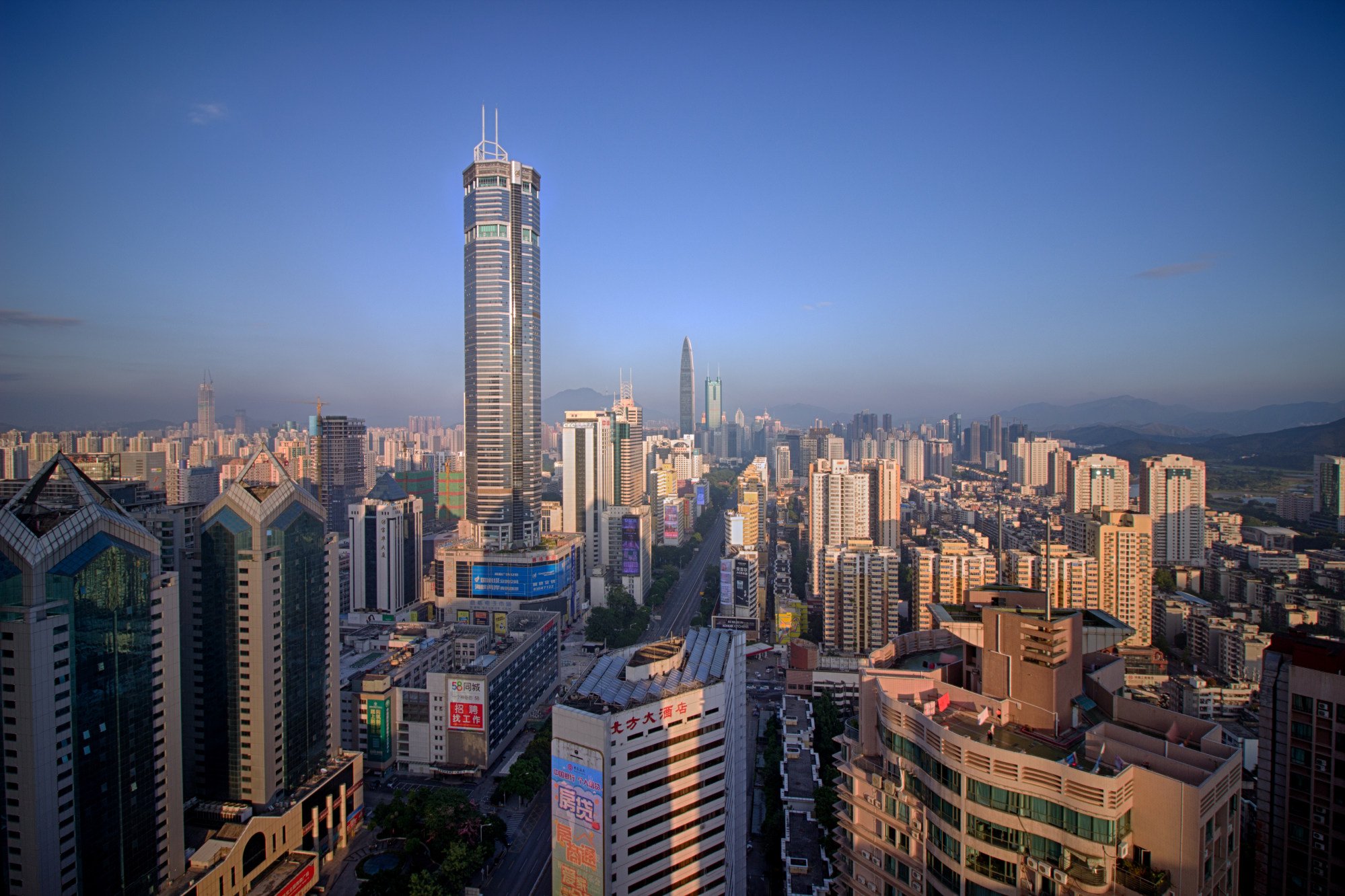
According to a 2017 paper in the International Journal for Equity in Health, Shenzhen’s Gini coefficient was 0.447, which meant that the city’s income inequality was even higher than China’s capital, Beijing. And in China, the top one per cent, which includes Shenzhen’s billionaires like Ma and Wang, hold a greater share of wealth than the entire half of the country’s population of 1.4 billion people, per a 2020 report by Bloomberg.
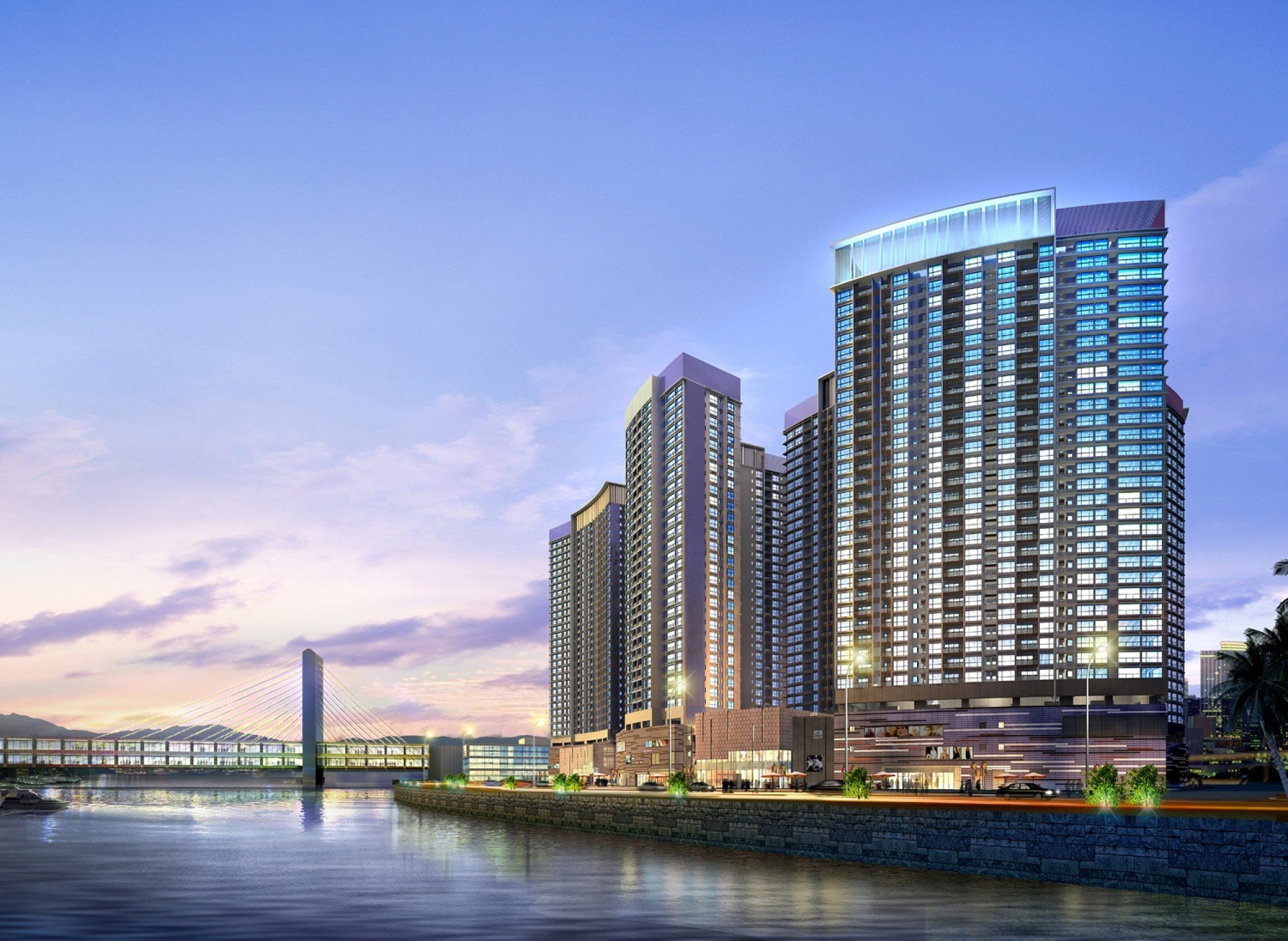
In Shenzhen, residents and workers don’t need to live below the poverty line to struggle financially, with a flat in the city costing 43.5 times the average person’s annual salary, reported Bloomberg.
“It’s improved in the past decade but the living costs are very high for locals,” Gu said, adding that it’s “very difficult for the ordinary people to survive”.

- A report from Hurun Global Rich List ranked Beijing, Shanghai then Shenzhen as the leading cities for the most billionaires in the world, surpassing New York
- Shenzhen became an SEZ in 1980, and it’s since developed into a magnet for tech entrepreneurs – but not all of its residents benefit as living costs continue to soar